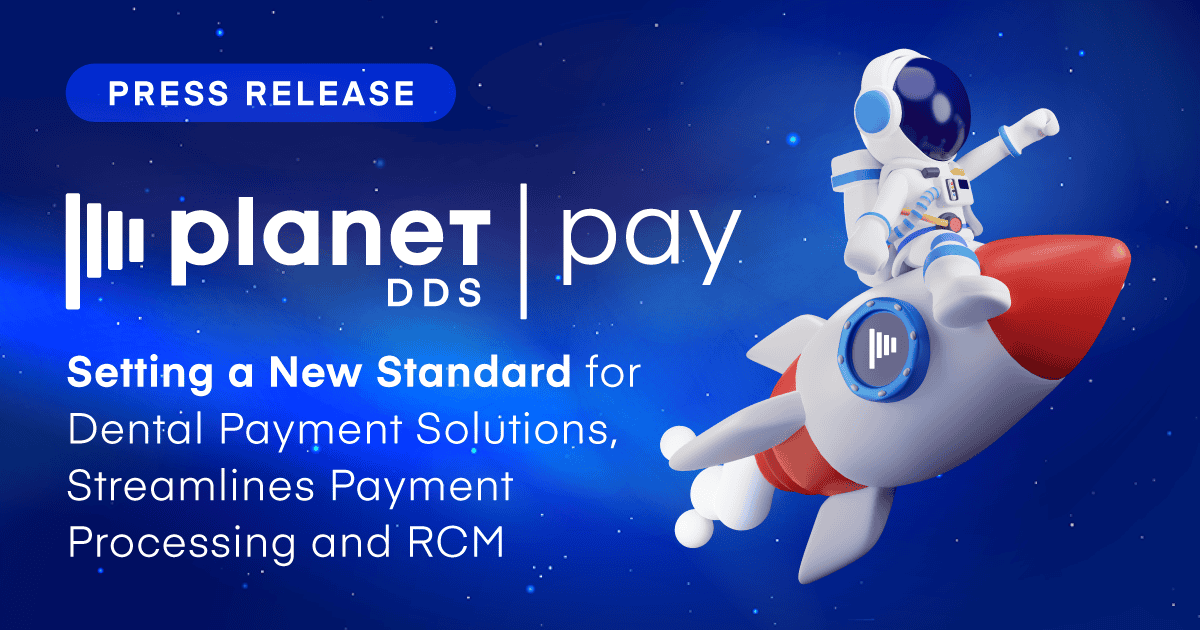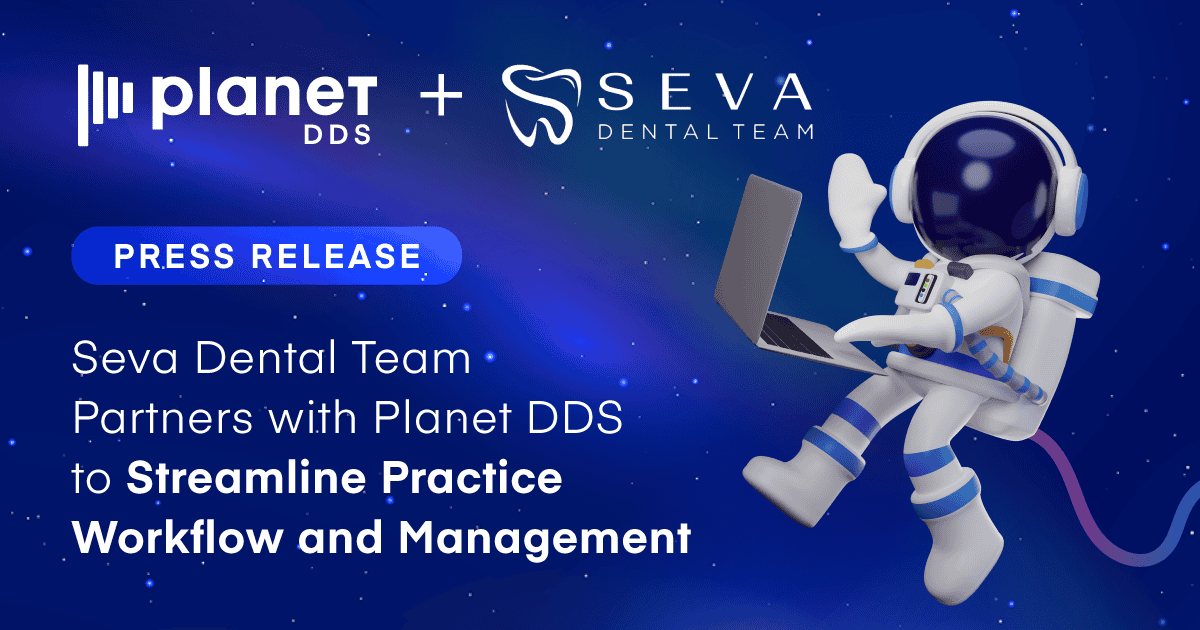The Ultimate Guide to Online Marketing for Dentists
Online marketing for dentists attracts and retains patients. Read our guide on web marketing for dentists and why you need an online presence. ✓ Click here!

If you are a dentist seeking to attract new patients and grow your practice, it may be time to boost your internet presence through online marketing for dentists. Studies show that 80% of potential patients do an internet search before selecting a new healthcare provider and rely on what they find online. In fact, most people won’t contact a provider unless they have an impressive online reputation, even if they are referred from a source that they trust.
This article covers what you need to know about internet marketing for dentists, including why web marketing for dentists is the key to growing a more profitable practice. It provides insights into the top five online marketing tactics you can begin implementing immediately to boost your online presence, streamline your dental web marketing efforts, and bring in new patients.
Why is Online Marketing for Dentists Important?
If you’re still relying on old marketing methods — like telephone yellow pages ads, newspaper and magazine print ads, radio spots, and television commercials — to build your dental practice, it’s time to shift your thinking (and a significant portion of your marketing budget) to the digital realm. Here’s why:
- You can get a faster return on your investment when you implement internet marketing for dental practices. People consult digital resources more often than print or broadcast resources. In fact, more than eight in 10 Americans get their information digitally, rather than through print or traditional broadcast avenues. While these traditional methods might help build brand awareness over time, they do not specifically target people looking for a new dentist in real-time, something digital marketing does extremely well.
- You can customize your messages to reach a particular audience segment. As a dentist, online marketing efforts should emphasize your specialties. For example, perhaps your focus is on orthodontic marketing or you have a concentration on pediatric dentistry or maybe you’re just looking to bolster your cosmetic dentistry clientele. No matter what your area of expertise is, you can earmark your digital marketing efforts to those precise consumers. This can exponentially increase the likelihood that the people you want to reach will see — and react to — your outreach.
- You can create relationships with your target audience. Not everyone who searches the internet for a dentist is ready to seek dental services immediately. Often, potential patients — such as someone thinking about teeth-whitening options or wondering about transitioning from dentures to implants — are looking for information from a provider they can trust. Using blog posts, you can educate and build trust with potential clients by using your knowledge and expertise as a dentist. Internet marketing that focuses on content allows you to provide the information a potential patient is seeking while capturing their contact information and nurturing the lead for future patient onboarding.
Online Marketing for Dentists: 5 Proven Tactics That Work
A lot of dental web marketing efforts focus on the idea that organic content marketing is the way to go. While it’s true that content is king — building a following through well-constructed content, especially when it is designed to both inform the reader and boost search engine rankings, can be an invaluable part of a holistic dental online marketing plan — there are internet dental marketing tactics that can produce more immediate results.
When it comes to deciding how to leverage the power of the internet to build up your dental practice, consider adopting the following five internet dental marketing tactics (we’ll delve into each in detail below):
- Search engine optimized website
- Automated email marketing
- Pay-per-click ads
- Google Business Profile and Google Maps
- Online patient reviews

Search Engine Optimized Website
Most businesses today, including dental offices, have websites. While having a user-friendly website that explains your practice parameters, introduces your staff, and offers important information about office hours and insurance matters is certainly important, your website is not going to receive much traffic unless people can actually find it. Enter Search Engine Optimization, commonly referred to as SEO. Search engine optimization is the key to getting potential new clients to actually find your practice through a Google, Safari, or other search engine inquiry.
SEO occurs primarily through the use of keywords, which send signals to Google that the information on your site is relevant to the searcher’s inquiry. For instance, if research shows that people seeking a new orthodontist are likely to use the term “affordable orthodontist,” you’ll want to make sure that you use this term several times on your website and in your other digital communications, such as online ads. This will help raise your website’s organic ranking in search results. When properly used in well-written relevant copy — and in conjunction with a mobile-friendly and fast-loading site — the right SEO keywords will raise your visibility to new patients.
You also want to make sure your SEO is localized. For instance, a prospective patient might do a Google search looking for “teeth whitening near me” or “dental implants” in a certain city. The goal of SEO is to get your website to rank at or near the top of the search results page for those types of queries, inviting the patient to click on a link to a page to learn more about your practice and book an appointment either online or by phone.
Automated Email Marketing
Automated email marketing is an important dental internet marketing tool to capture the interest of new patients and retain current patients in your dental practice. With email automation, you compose a series of emails in advance. Each is written for a specific audience in response to a specific inquiry or to reach out to the recipient once a certain condition occurs. The message is sent automatically when a triggering event occurs.
Because it is automated, you can send one-to-one messages in real time at any time, day or night. Depending on where the recipient is in the sales funnel, the automated email will provide information on how your practice differentiates itself from competitors (its branding messaging). It will also provide language to entice the recipient to convert (make an appointment) — often using incentives such as offers for discounted services or easy online appointment-setting — or will encourage loyalty through service reminders and other convenience messaging like digital receipts or updates on insurance matters.
For example, you can set up an automated email to respond to anyone who fills out a form on your website seeking more information about your practice. It might provide a list of services you provide, along with any special offers — such as low-cost X-rays with an initial exam — and a link to a page that encourages the potential customer to call or book an online appointment.
Pay-Per-Click Ads
Pay-per-click (PPC) ads are the ads that appear first when people conduct an online search. If you conduct a Google search for a dentist in a certain area, for example, the first results you will see at the top of the page are PPC ads.
With pay-per-click ads, the advertisers pay each time a user clicks on the ad. The amount they pay depends on a complicated bidding system where advertisers bid on the keywords that will trigger their ads being displayed. Each time a user clicks on the ad that sends them to the advertiser’s website, the advertiser is charged for the click. In essence, you pay each time a visitor reaches your site, rather than competing for their attention organically.
Creating a cost-effective PPC campaign for your dental practice depends on selecting the right keywords, writing an enticing ad, and setting up website landing pages that convert users into patients. While PPC campaigns can be expensive, if they bring in new patients, the income from providing dental services to these new patients should more than cover the advertising costs.
Google Business Profile and Google Maps
Google offers a free business listing through its Google Business Profile service. Taking advantage of this service, especially if done in combination with a Google Maps listing, can go a long way in enhancing your SEO and making your internet dental marketing campaign successful.
With a Google Business Profile, you can provide all kinds of details about your dental or orthodontics practice. You have a lot of leeway here and can choose to personalize your profile. Many businesses include photos of their offices, provide detailed information about their services, list their hours of operation, and offer location information and even instructions on how to get to their offices. Google’s free service shows searchers where, how, why, and when to find you. Because you can update your profile at any time, you can share real-time information about changes such as holiday hours, new or enhanced services you might offer, and any other vital information, such as street closures due to construction and alternate routes to your office.
Online Patient Reviews
Perhaps the most useful tool for online marketing for dentists is the online patient review. A recent survey revealed that 72% of would-be patients check out the online reviews and ratings of healthcare providers before booking appointments. The vast majority also reported that they only choose providers whose patients have rated them with at least four out of five stars. It’s clear that if your dental practice is going to compete for new patients, you are going to have to maintain a four-to-five star rating on online review sites like Google and Yelp.
Because your practice’s reputation can be made or broken with the type of online reviews you receive, it is extremely important that your staff understand how to provide and maintain a high level of customer service at all times. You will want to place a lot of emphasis on providing a positive patient experience. This could entail making sure your internal systems are modernized and running smoothly so matters leading to typical patient complaints — like inability to get through to office staff, longer-than-anticipated wait times, and issues with billing and insurance management — do not occur.
The goal should be to provide a great experience to each patient so that they will enthusiastically translate that positive experience to a five-star online review. And, by all means, do not hesitate to ask your patients to review your practice online. You can even send a follow-up email to them after their appointment with links to your online review pages. Many will be only too happy to help, especially if they are long-term satisfied patients.
Streamline Your Practice With Cloud 9 Software
As you work to enhance your digital presence, it’s important to be ready to greet your patients with the level of service they expect. How you manage your practice will compel them to close the digital loop by returning to the online space to leave your practice a five-star review.
Cloud 9 Software’s cloud-based dental practice management software is suited for orthodontics, pediatric dentistry, group practices, dental service organizations (DSOs), and orthodontic service organizations (/OSOs). Our platform was designed to improve staff productivity, increase user efficiency, and minimize workflow stages — all important elements of a great five-star worthy patient experience. Request a free demo today to learn more about how Cloud 9 can help you grow your practice.



